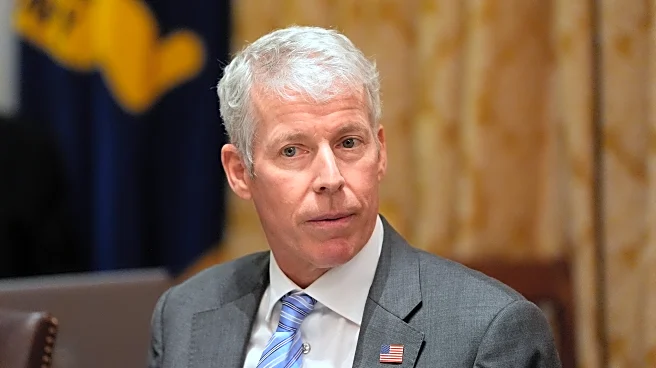What's Happening?
AES Indiana has proposed a settlement to reduce its initial $193 million base rate increase request to $91 million. This proposal, filed with state regulators, aims to balance future investments while
minimizing financial impacts on consumers. The settlement involves major stakeholders, including Indiana University and the city of Indianapolis, along with companies like Eli Lilly & Co. and Walmart. However, the Indiana Utility Consumer Counselor and Citizens Action Coalition have opposed the settlement, arguing it is inflated and unnecessary. They advocate for a reduction in current rates, citing AES Indiana's poor service and high bills.
Why It's Important?
The proposed rate increase has significant implications for Indianapolis residents and businesses, potentially affecting their utility costs and financial planning. The opposition from consumer advocates highlights ongoing concerns about utility management and affordability. This situation underscores the need for transparent and equitable rate-setting processes, as well as accountability in utility operations. The outcome of this settlement could set a precedent for future utility rate negotiations and consumer advocacy efforts.
What's Next?
The Indiana Utility Regulatory Commission will review the proposed settlement, with the possibility of approval, denial, or modification. Stakeholders will have opportunities to present testimony in support or opposition. The decision, expected by next year, will determine the implementation of new rates by June 2026. The ongoing debate may influence future regulatory policies and consumer protection measures in the utility sector.
Beyond the Headlines
The controversy surrounding AES Indiana's rate increase proposal highlights broader issues of utility governance and consumer rights. It raises questions about the balance between corporate interests and public welfare, emphasizing the need for regulatory frameworks that ensure fair pricing and service quality. This case may prompt discussions on sustainable energy practices and the role of data centers in utility planning.













